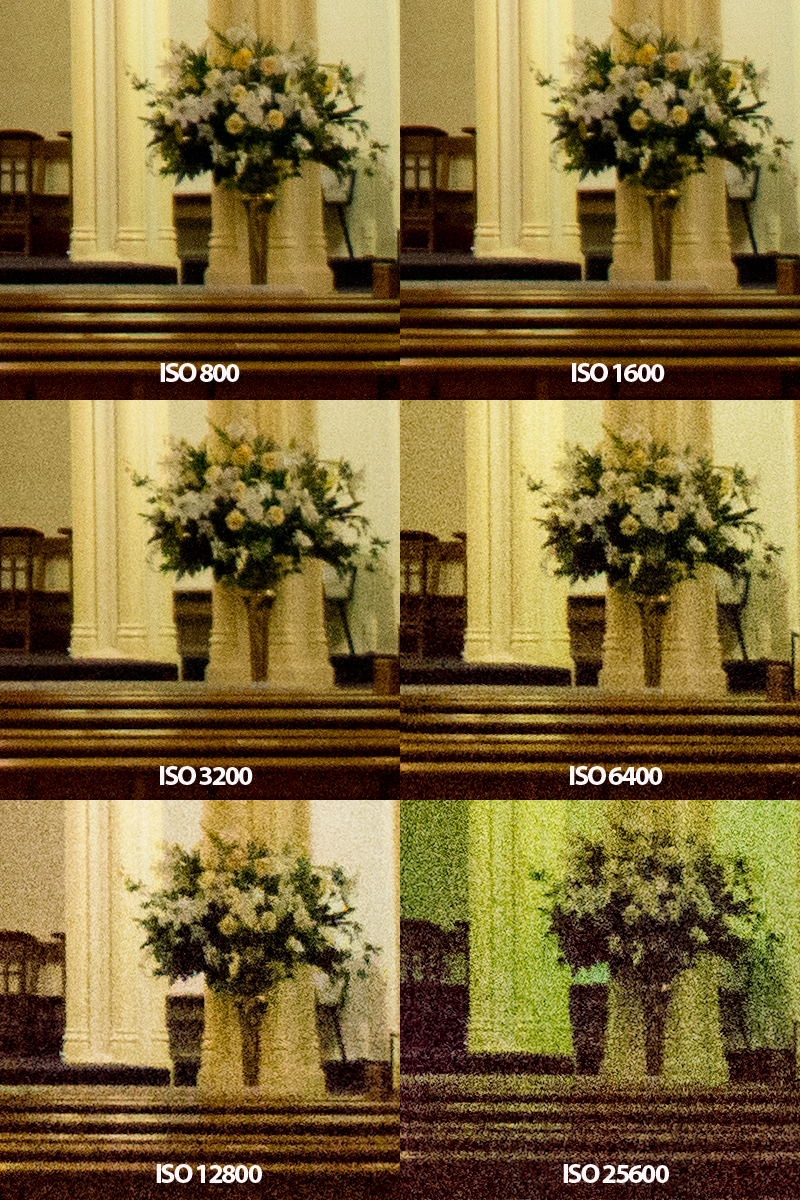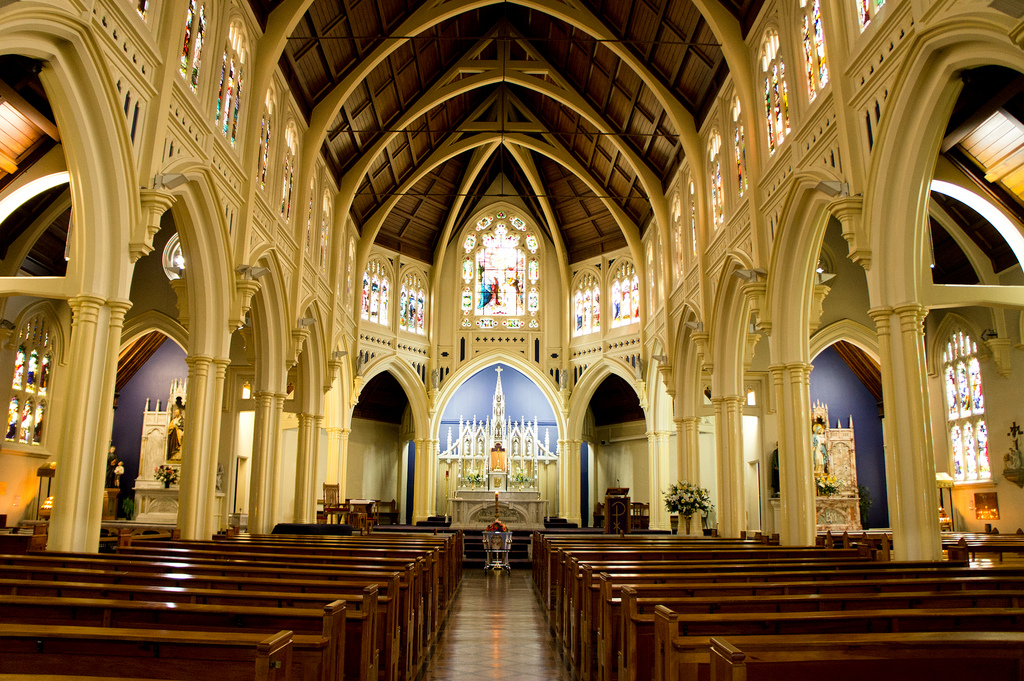If you like this post, help us share it
When the first NEX was introduced, it surprised us with its large APS-C sensor fitted in a compact body. It was even smaller than the Olympus m4/3s. The benefits of having a larger image sensor really come down to having the ability to achieve better noise performance and shallower DoF. Read more on how sensor size can affect DoF here.
From experience, , I would say highest ISO where noise level is still well controlled for the different type of cameras is:
P&S cameras – ISO 400
m4/3 cameras – ISO 800
APS-C cameras – ISO 1600
FF cameras – ISO 3200-6400
So for low light or indoor shooters where you are most likely needing at least ISO 800, you are better off using at least a m4/3. The drawbacks associated with it thou are higher cost and larger camera size. With larger sensor cameras, their associated lenses are also larger. You will notice lenses used with the Nikon 1 system are much smaller and lighter in weight than the m4/3 and APS-C system.
Here, I tested out the ISO performance of the NEX-5N where I shot the interior of St Mary Church using ISO 800 to 25,600. No NR, HDR or DR0 was used.
ISO 800, f/3.5, 1/20s, 18mm (E 18-55mm f/3.5-5.6)

Click on the links below to see the different NEX-5N ISO samples:
ISO 800 | ISO 1600 | ISO 3200 | ISO 6400 | ISO 12,800 | ISO 25,600
Below is a 1:1 crop version of each ISO sample from ISO 800 – 25,600 for comparison. Which ISO is acceptable to you?
From the test results, I wouldn’t hesitate to use up to ISO 1600 with the NEX-5N, which is a stop better than with the m4/3s (ISO 800 is the highest I would like to use normally on m4/3).
On a recent trip, I used the NEX-5N extensively and here is what I think about it. You can check out more image samples there.

Where can I find the equipment seen on this site?
If you find this site useful and planning to purchase any of the equipment seen on this site, please show your support by purchasing your photo equipment at B&H Photo Video, or through any of the affiliate links seen on this site.


